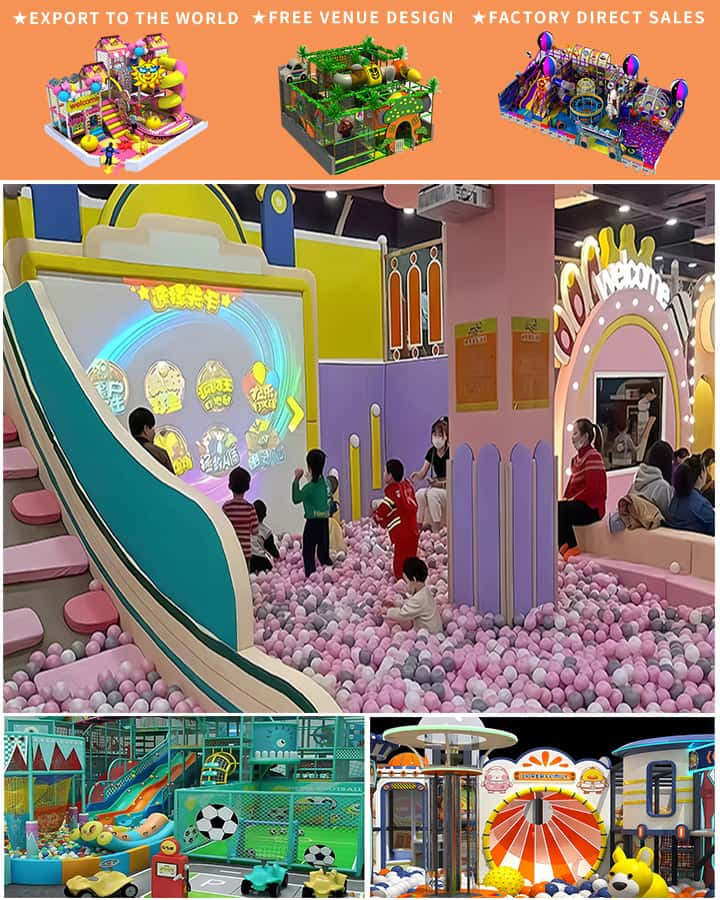Playgrounds are essential spaces for children to engage in physical activities, socialize, and develop motor skills. However, the safety and comfort of these areas largely depend on the materials used for the ground surface. Playground soft ground materials play a critical role in minimizing injuries from falls and ensuring that children can enjoy their playtime without unnecessary risks. This article discusses the importance of playground soft ground materials, their types, benefits, and considerations for selecting the right material.
The Role of Soft Ground Materials in Playground Safety
One of the primary reasons for using soft ground materials in playgrounds is safety. Children are naturally active and curious, often leading to tumbles and falls. According to the United States Consumer Product Safety Commission (CPSC), falls account for the majority of playground-related injuries. Soft ground materials help mitigate the impact of these falls, reducing the likelihood of serious injuries such as fractures or concussions. By providing a cushioned surface, these materials absorb shock and distribute the force of a fall more evenly across the body.
Types of Soft Ground Materials
Several materials are commonly used as soft ground surfaces in playgrounds:
Rubber Mulch: Made from recycled rubber tires, rubber mulch offers excellent shock absorption and durability. It is cost-effective and environmentally friendly, making it a popular choice for many playgrounds.
Wood Chips: Wood chips are another common material, providing a natural look and feel. They are less expensive than rubber but require more frequent replenishment and maintenance to remain effective.

Synthetic Turf with Shock Absorption Pads: Modern synthetic turf systems often come with built-in shock absorption pads. These surfaces are low-maintenance and provide consistent performance over time.
Bonded Rubber: This type of material is made by gluing small rubber particles to a base mat, offering a smoother surface that is easy to clean and maintain. It provides good impact absorption and is durable in various weather conditions.
Pour-in-Place Rubber: A seamless rubber surface installed directly onto the existing playground surface, pour-in-place rubber provides excellent shock absorption and a customizable appearance. It is highly durable but can be more expensive to install.
Benefits of Using Soft Ground Materials
The advantages of using soft ground materials extend beyond safety. Here are some key benefits:
Enhanced Comfort: Soft ground materials offer greater comfort compared to hard surfaces like asphalt or concrete, encouraging children to spend more time playing.
Injury Prevention: By reducing the severity of falls, these materials help prevent injuries and promote a safer play environment.
Durability: Most soft ground materials are designed to withstand heavy use and adverse weather conditions, ensuring longevity and sustained performance.
Accessibility: Many soft ground materials can accommodate children with disabilities, providing a more inclusive play environment.
Considerations for Selecting Soft Ground Materials
When choosing soft ground materials for a playground, several factors should be considered:
- Safety Standards: Ensure that the selected materials meet safety standards set by organizations such as the American Society for Testing and Materials (ASTM) and the CPSC.
- Maintenance Requirements: Different materials have varying maintenance needs. For example, wood chips may need regular replacement, while bonded rubber requires less frequent upkeep.
- Budget: Cost is an important factor. While some materials may be more expensive initially, they could offer better long-term value due to their durability and lower maintenance needs.
- Environmental Impact: Consider eco-friendly options, such as recycled rubber mulch, which help reduce waste and support sustainability efforts.
Conclusion
The selection of appropriate playground soft ground materials is crucial for ensuring a safe and enjoyable environment for children. By understanding the different types of materials available and considering factors such as safety, maintenance, budget, and environmental impact, playground planners and administrators can make informed decisions that benefit all users. Investing in high-quality soft ground materials not only enhances safety but also contributes to the overall enjoyment and development of young playgoers.




